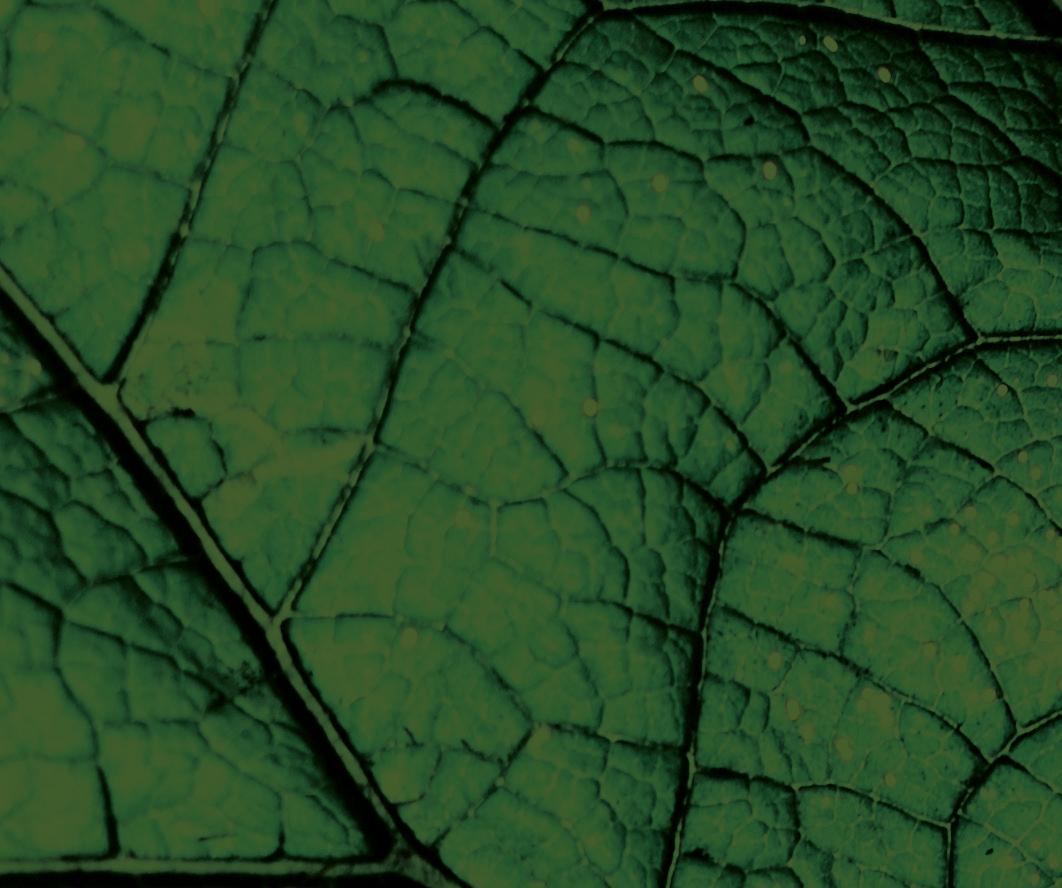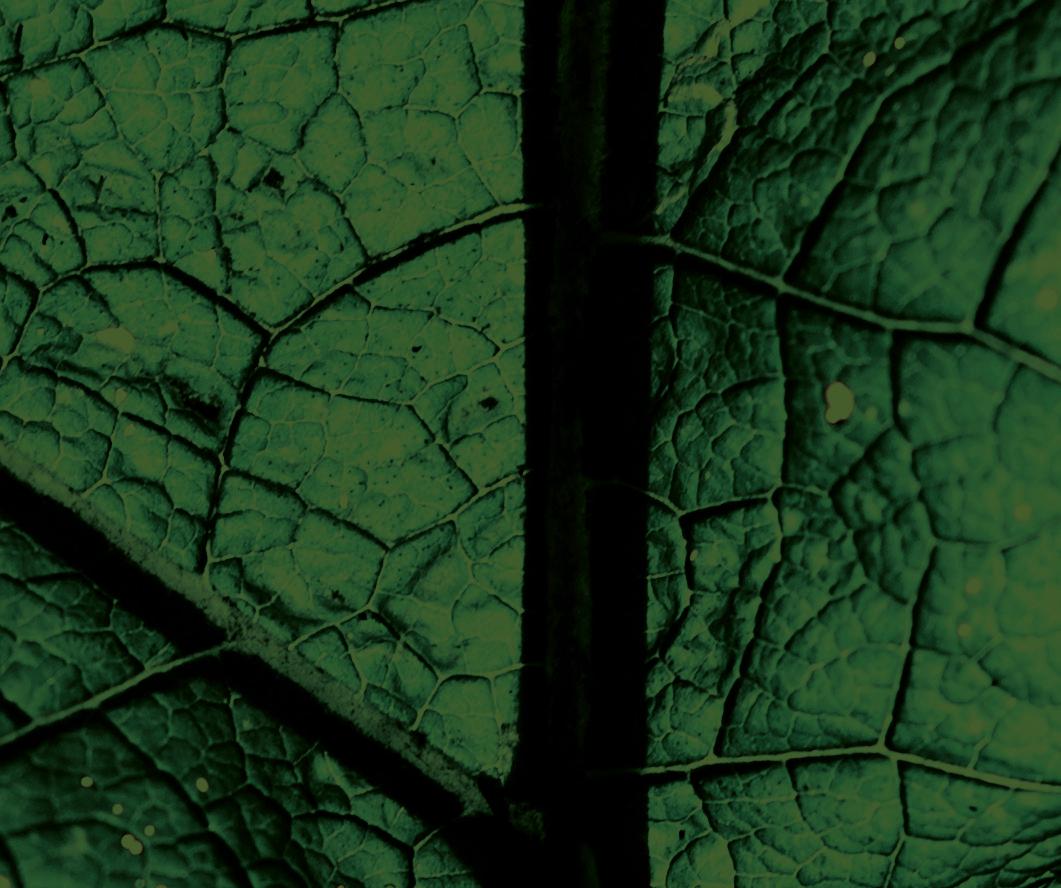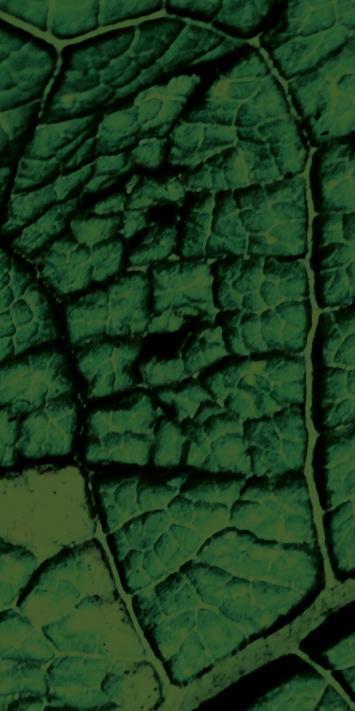ARIZONA RESEARCH

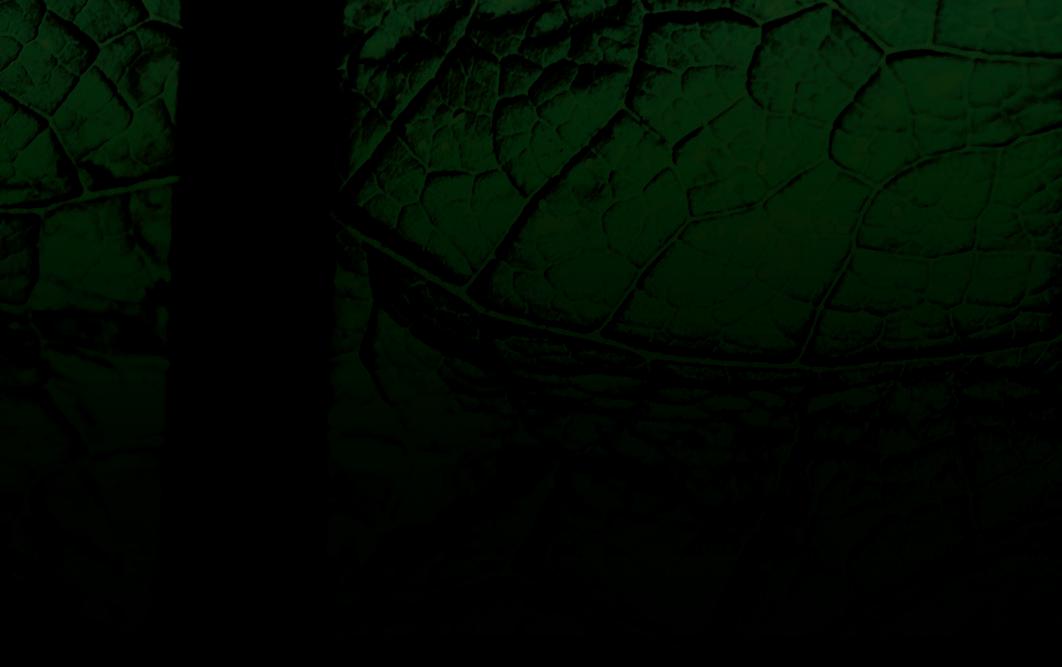
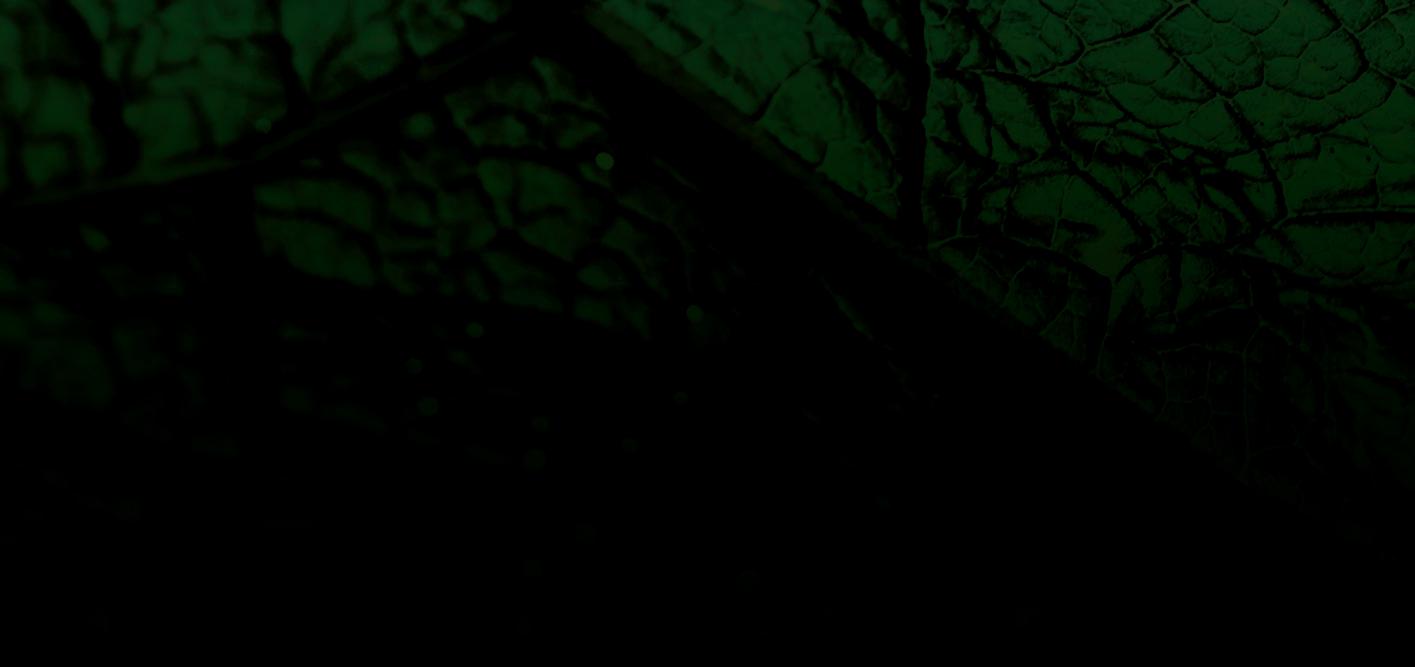
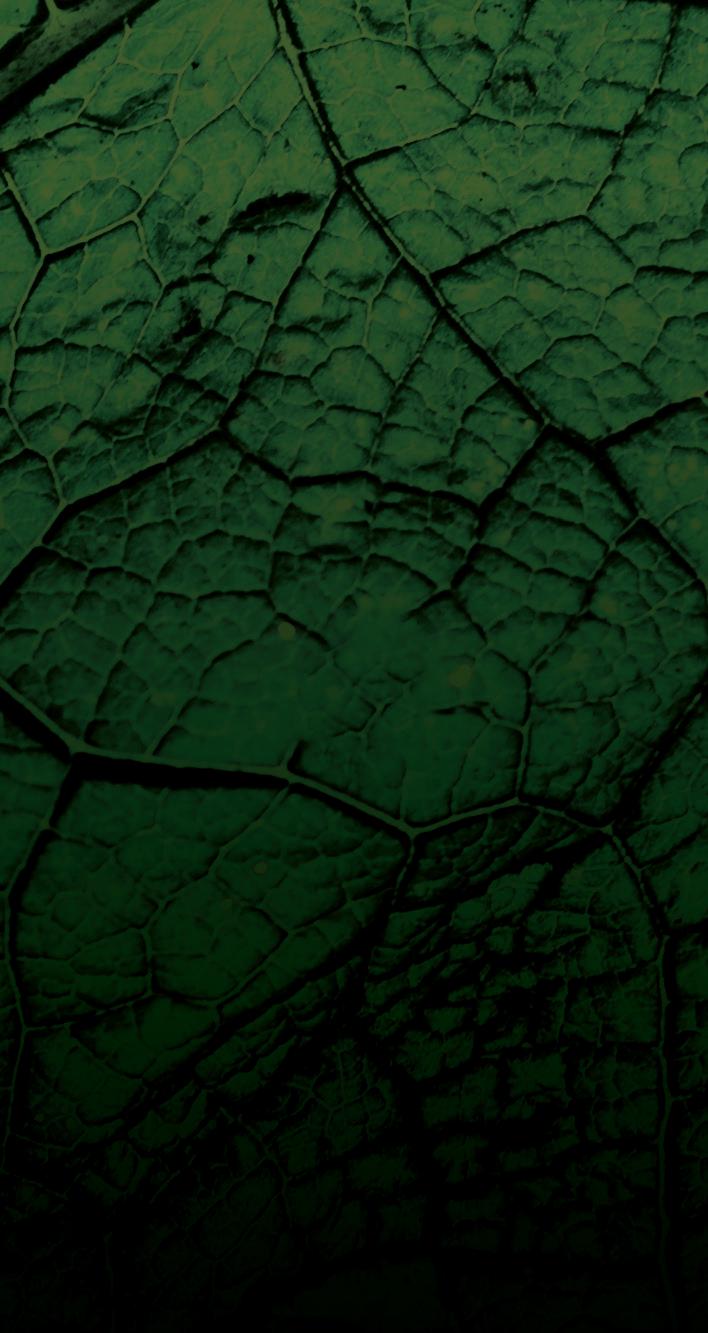
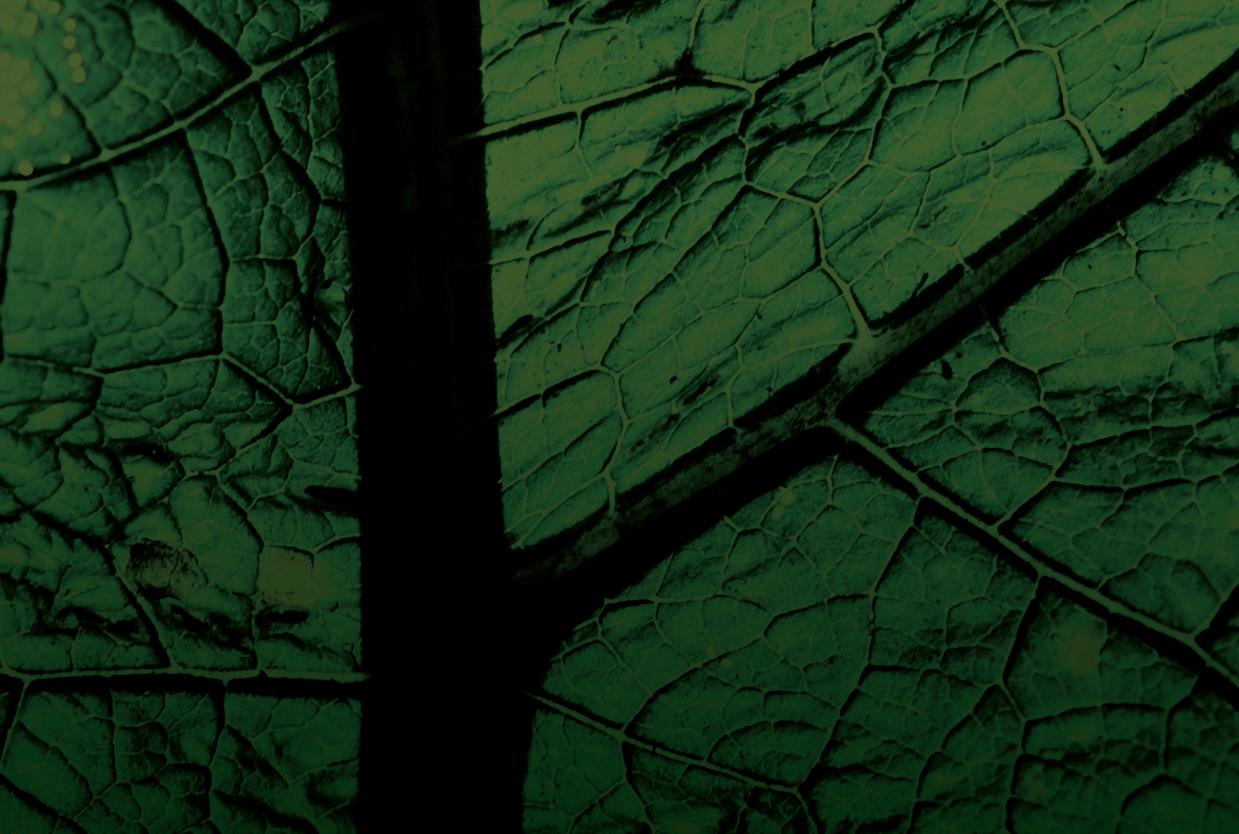
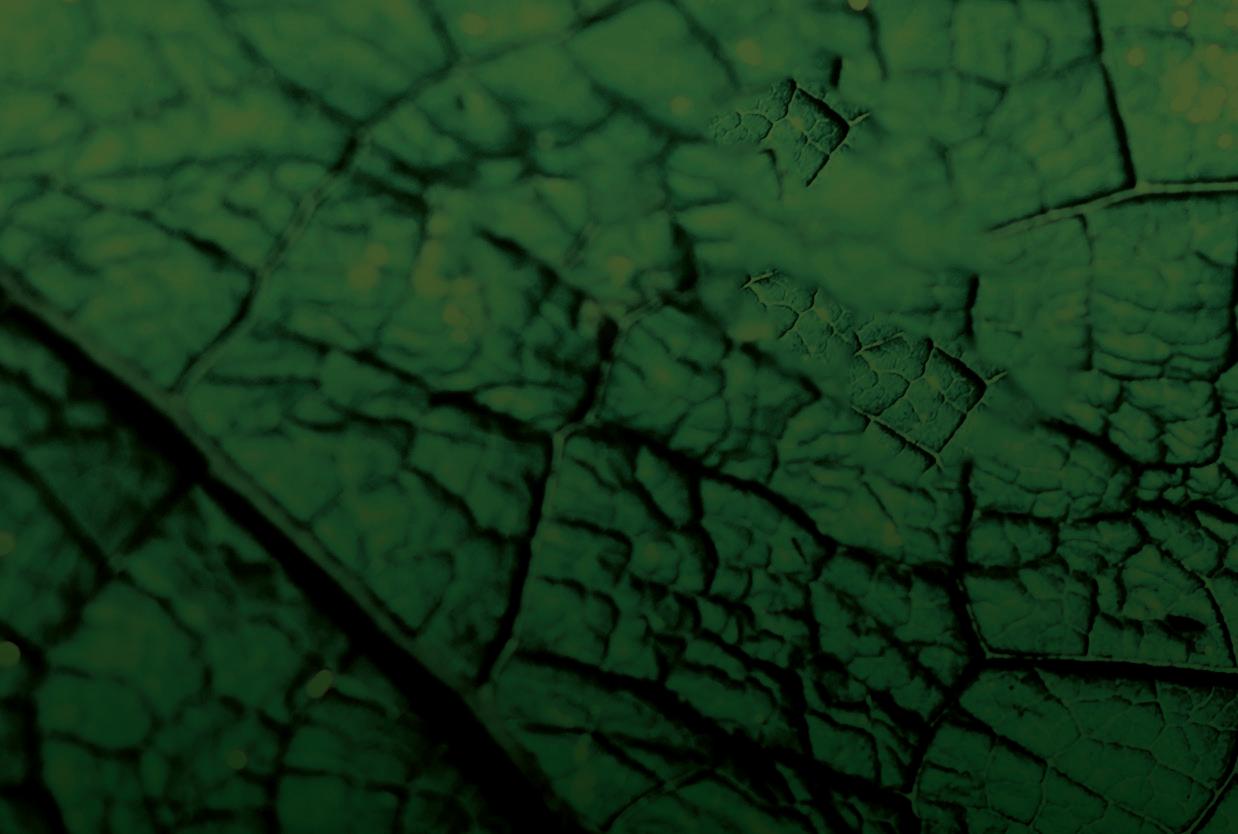
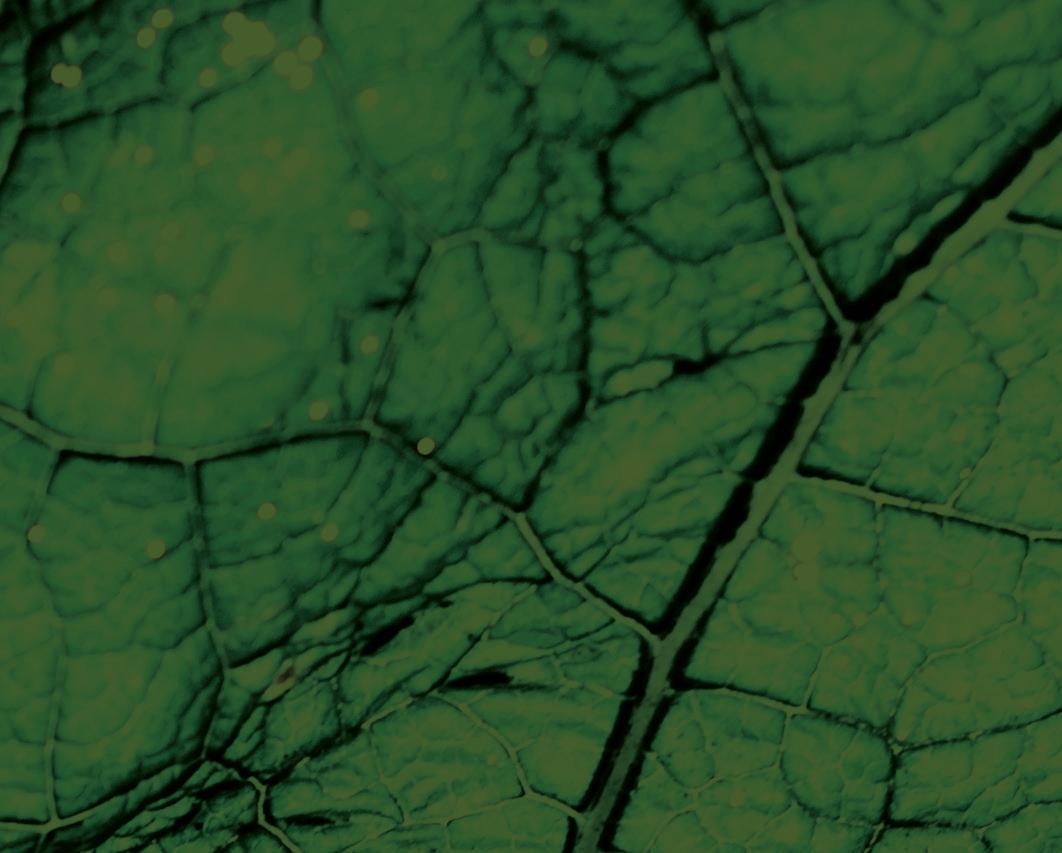
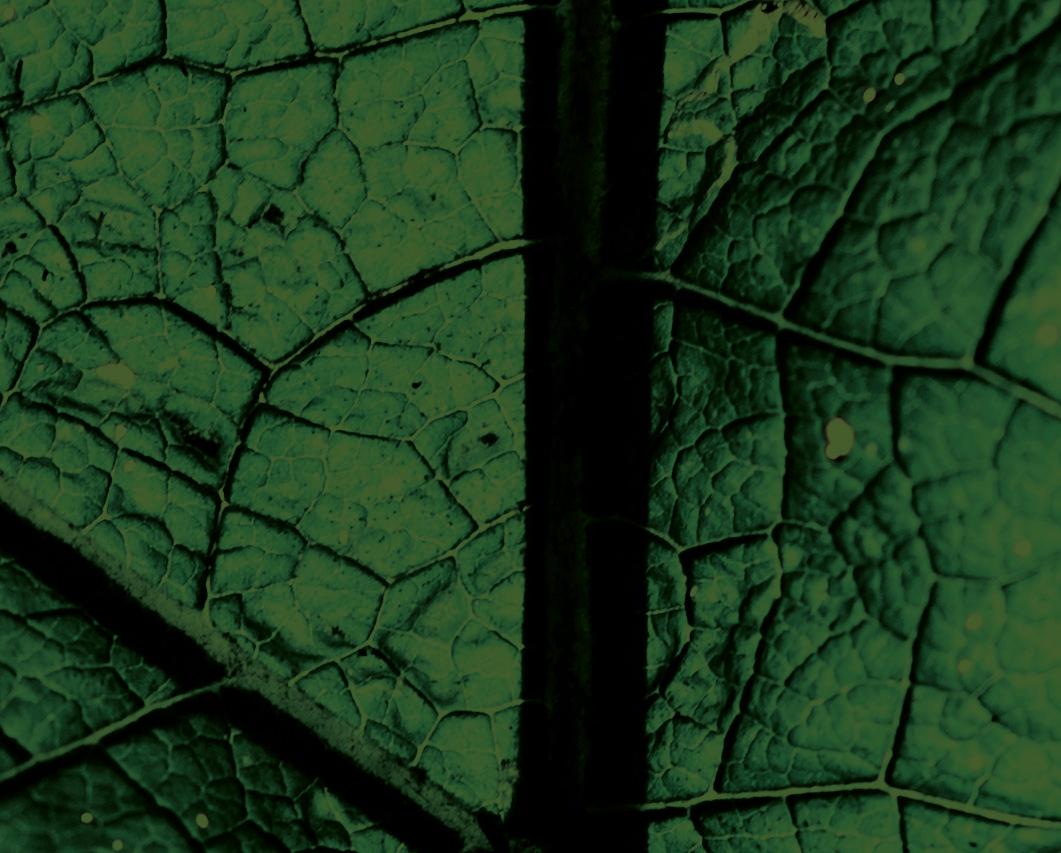
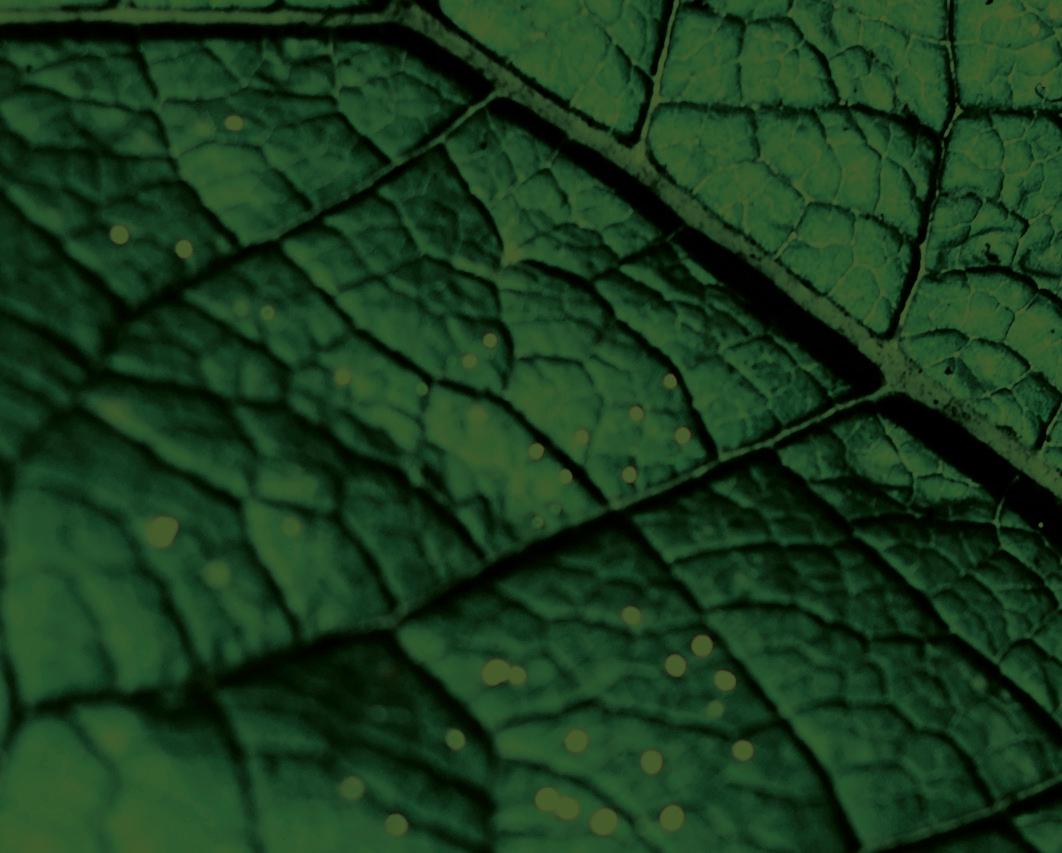
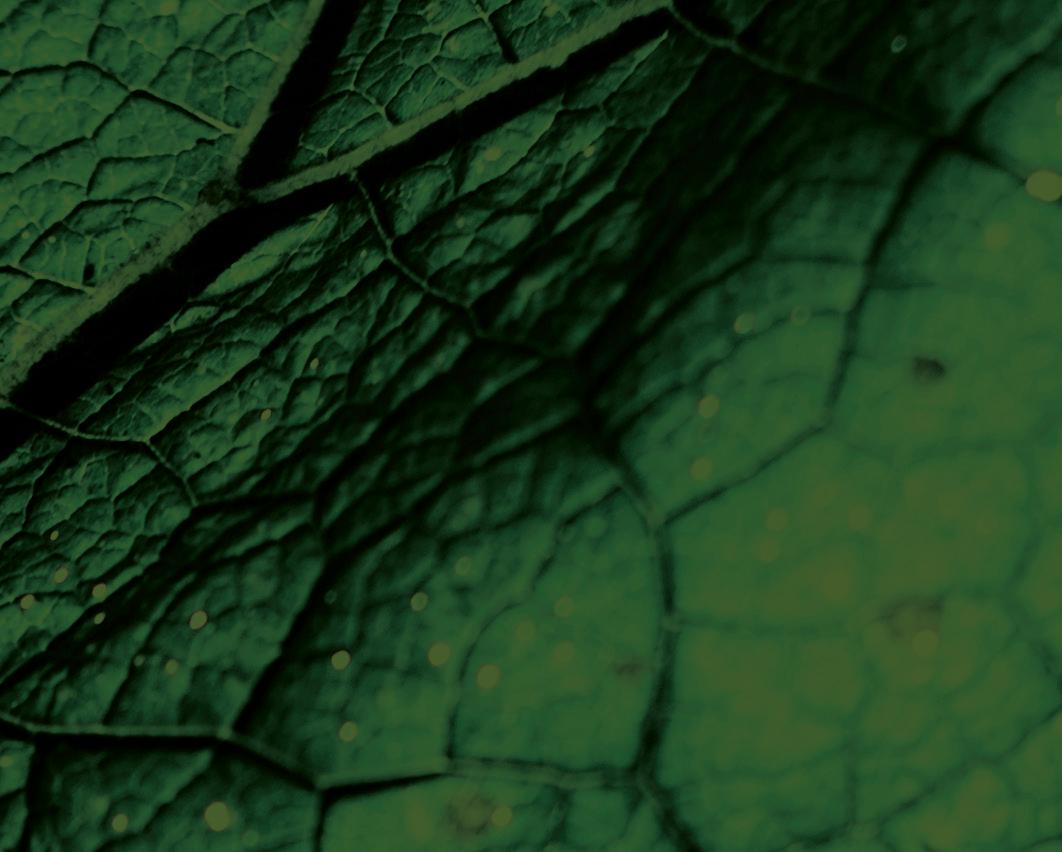
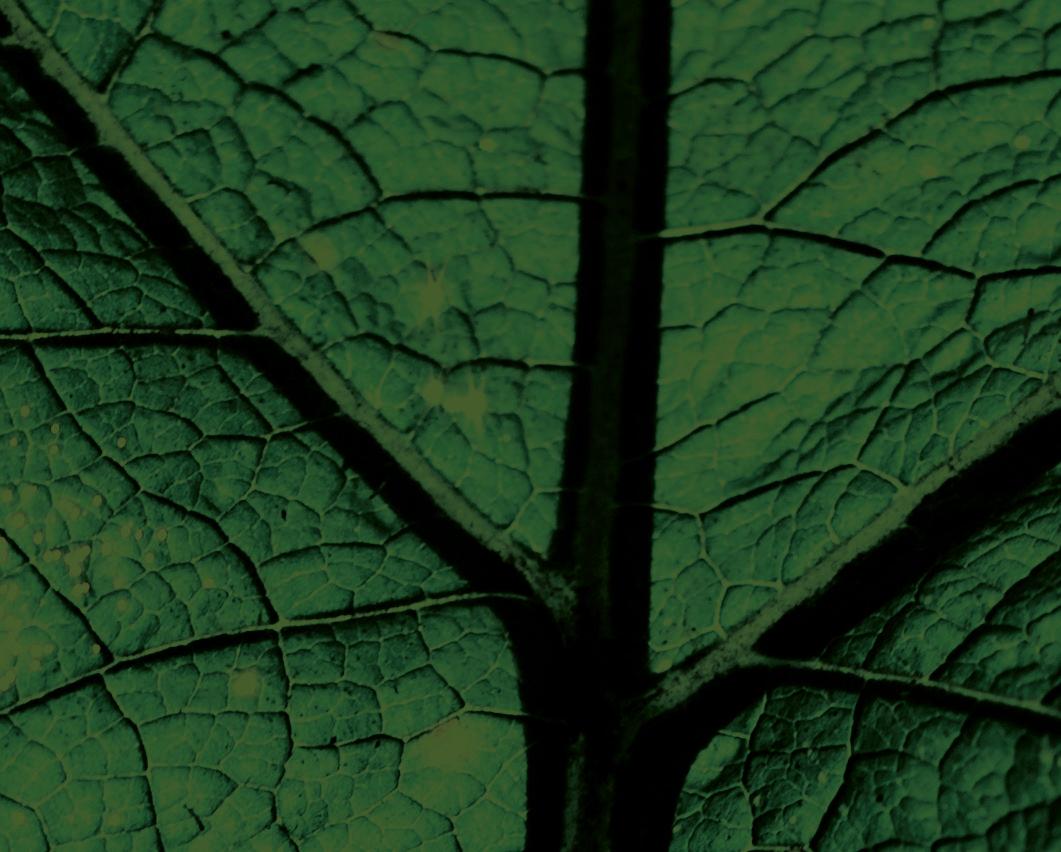
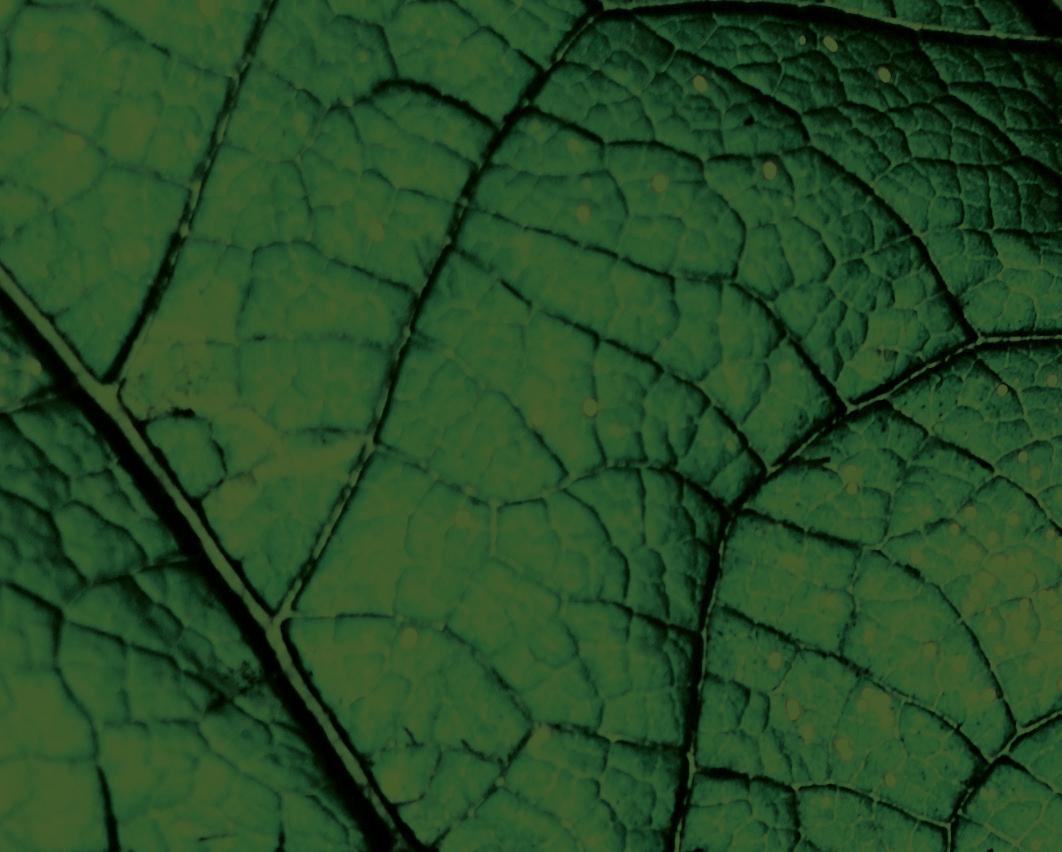


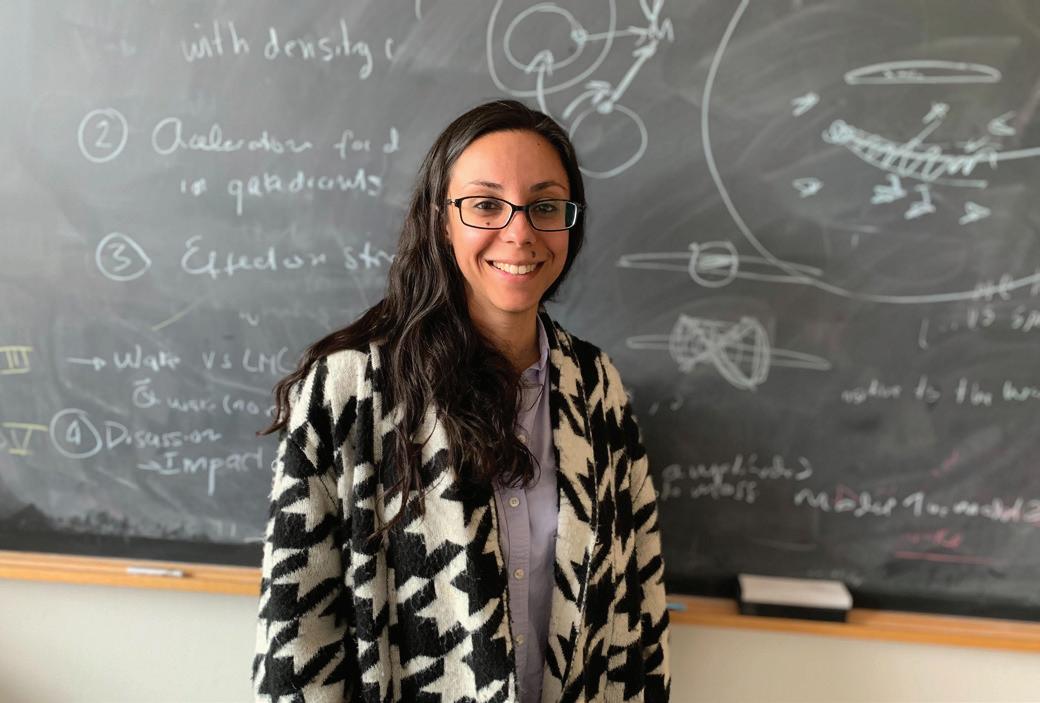
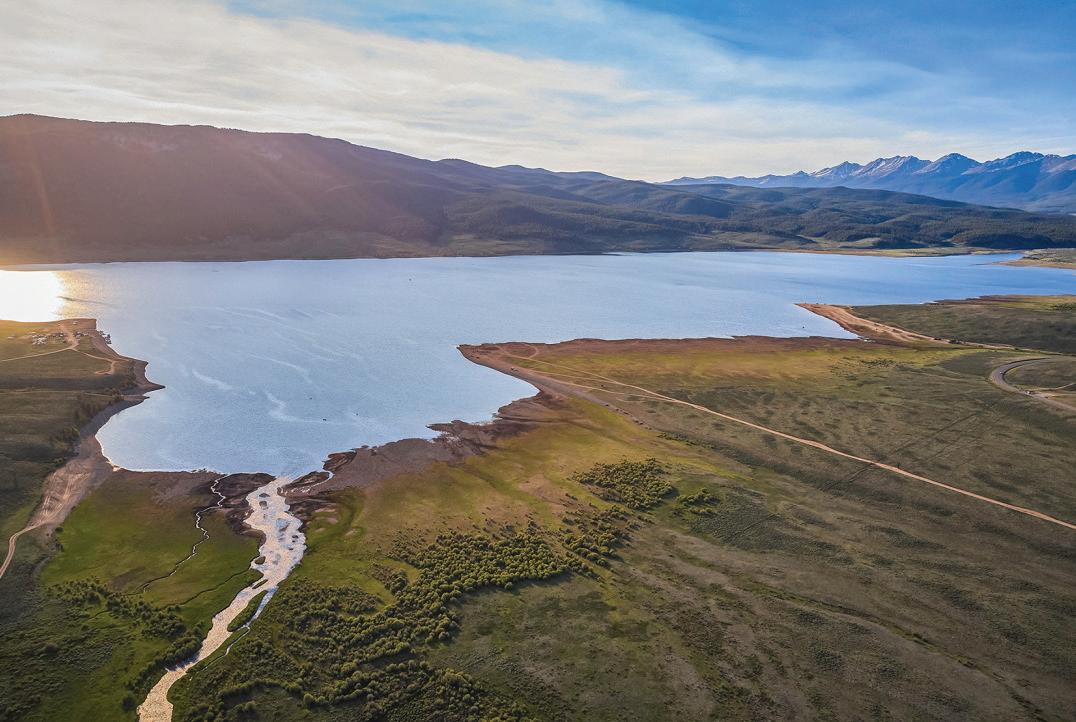


















We respectfully acknowledge the University of Arizona is on the land and territories of Indigenous peoples. Today, Arizona is home to 22 federally recognized tribes, with Tucson being home to the O’odham and the Yaqui. Committed to diversity and inclusion, the university strives to build sustainable relationships with sovereign Native Nations and Indigenous communities through education offerings, partnerships, and community service.








Kim Patten, Daniel Moseke
Designer Andreá Brooks


Writing & Editorial Team
Stephanie Doster, Leslie Ruth Hawthorne Klingler, Emily Litvack, Kristina Makansi, Eric Van Meter
Much of the content in this magazine is based on original reporting by Alexis Blue, Rosemary Brandt, Emily Dieckman, Lori Harwood, Mikayla Mace Kelley, Angela Martinez, Erika Mitnik, Kyle Mittan, Tracy Mueller, Stacy Pigott, Daniel Stolte, Eric Swedlund, Brittany Uhlorn
Questions and feedback research-comms@list.arizona.edu


ENTREPRENEURSHIP (FY21)
274 invention disclosures +11 over previous year
124 licenses & options for university inventions +29 over previous year
100 patents issued Ranked no. 28 among worldwide universities granted U.S. utility patents

17 startups launched 125+ since 2012
$1.6B in economic output from commercialization activities between FY17-FY21
Through cutting-edge research and innovation, the University of Arizona is committed to expanding human potential, exploring new horizons, and enriching life for all. With $824M in annual research activity, we are leading the way in tackling the most pressing and complex challenges of our time, from climate change to planetary defense, and pandemic preparedness to healthy aging.


Global warming is fast approaching the threshold that scientists have flagged as a critical tipping point for cascading disruptions in Earth systems.
Working against that ticking clock, researchers at the University of Arizona are unraveling the complex interactions both resulting from and driving climate change: intensifying wildfires, soaring urban heat, unprecedented flooding, and more.
Our innovations in modeling the dynamics of watersheds, cleaning up environmental toxins, and better understanding how ecosystems respond to drought directly benefit Arizonans.

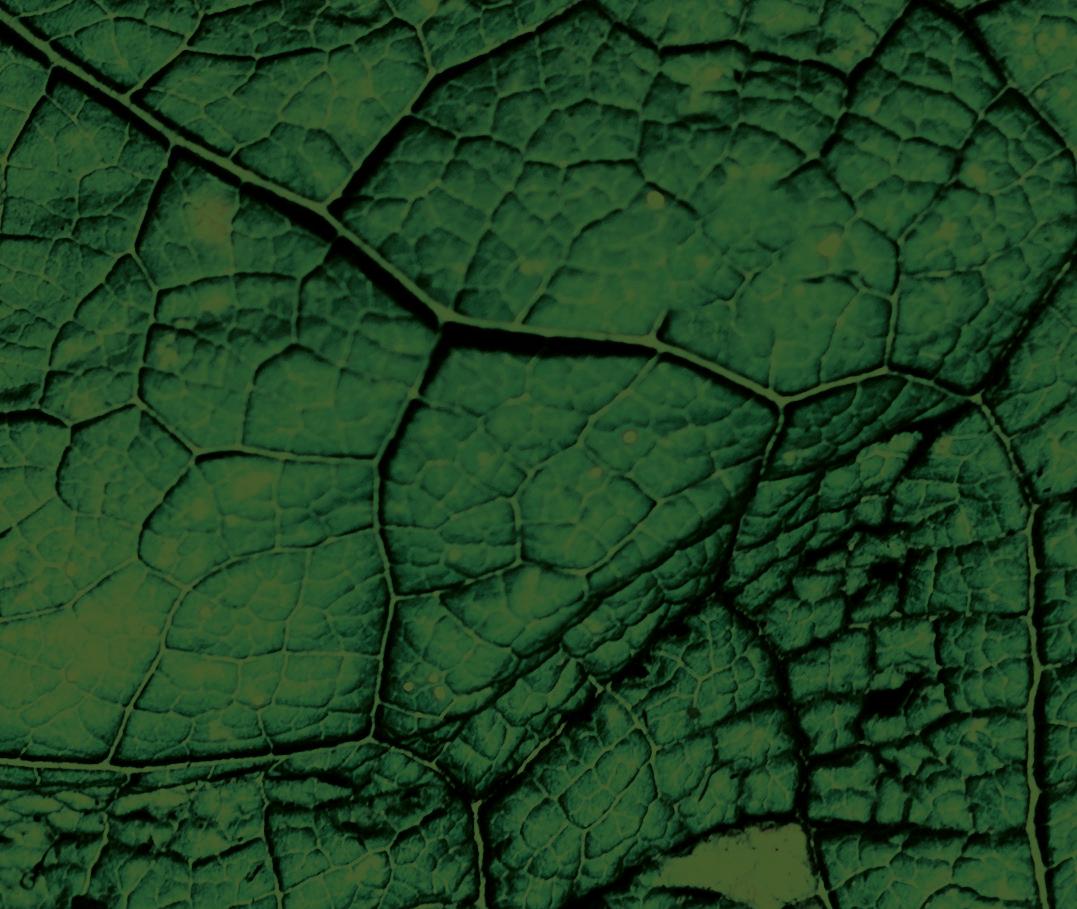
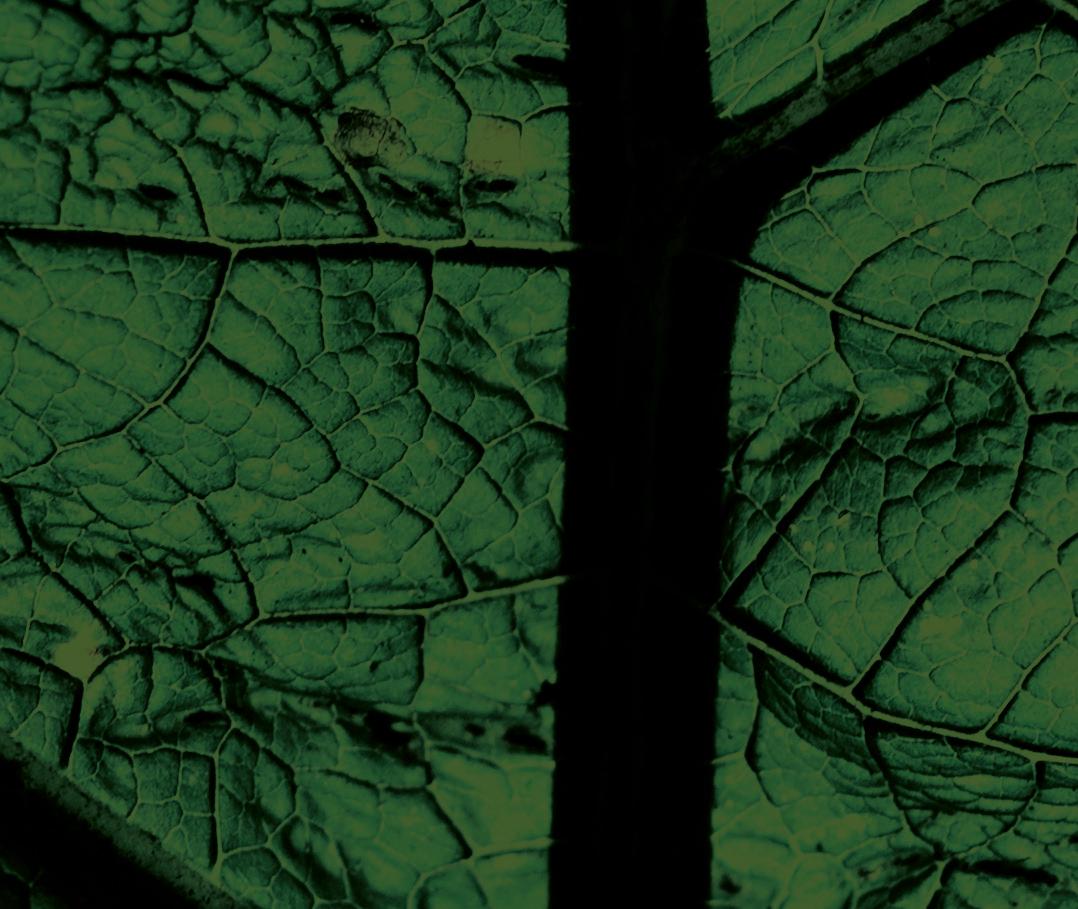



At the same time, they add to a growing portfolio of potentially life-saving strategies and technologies that can be adapted for hot and arid regions around the world.





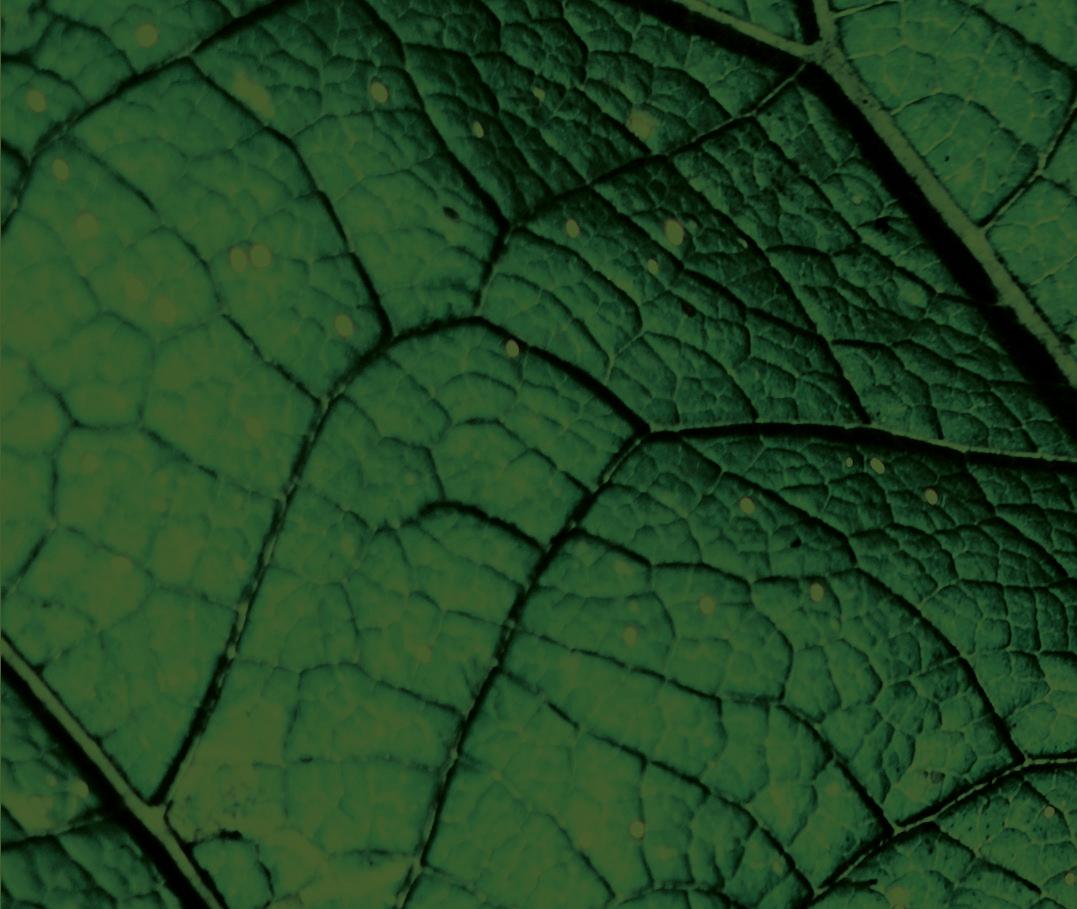
Who controls the story of what’s happening along the U.S.-Mexico border also helps shape related policy, economics, and quality of life in those communities. Unfortunately, those most affected too often play a minor role in shaping that narrative.

As a land-grant institution less than 70 miles from Mexico and a rising leader in borderlands research, the University of Arizona is helping to elevate the voices of people with personal stakes.
Through initiatives funded by a $1.12 million grant from the Ford Foundation, students and faculty
are working with those who live, work, and serve along the southern border to share and preserve their voices and perspectives.
In addition to story-gathering, the university has been selected to house physical and digital materials from more than 40 borderrelated projects in its archives. These new materials expand UArizona’s existing collection of distinctive materials revealing borderlands life, politics, and culture dating back to the 16th century.
While useful in many applications, perfluoroalkyl and polyfluoroalkyl substances, commonly called PFAS, can present major health and environmental challenges. University of Arizona researchers are now testing the humble sponge as a potential cleanup solution.
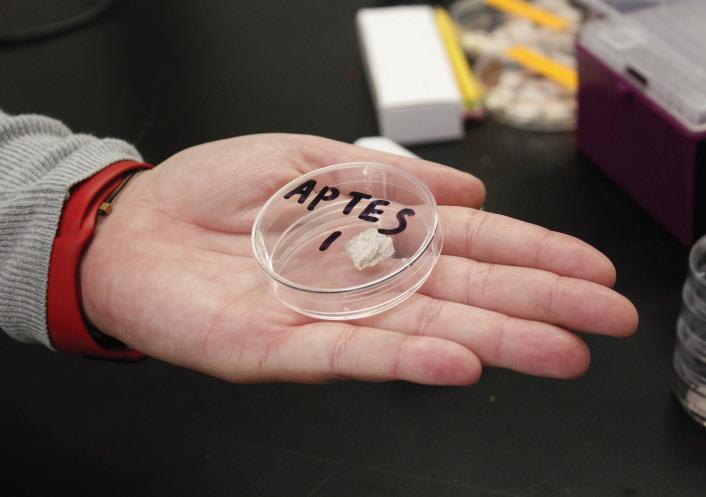
The durability of PFAS—the quality that makes them so valuable—means they’re hard to eliminate. Another big challenge is the chemicals’ stickiness: scientists have had a hard time figuring out how to cleanse materials used in PFAS removal, so clean-ups have involved single-use materials.
For decades, these long-lasting synthetics— resistant to water, heat and grease—have been used in a vast range of products: makeup, food packaging, nonstick pans, raincoats, carpeting, and firefighting foam, to name just a few.
Unfortunately, they also contaminate water supplies and cause adverse health effects, including decreased fertility, developmental delays in children, and increased risk of cancer.
UArizona researchers initially used off-the-shelf cellulose sponges to see how they remove PFAS. After studying the sponges’ optimal pore size, density, and other qualities, they designed new sponges specialized for the work of soaking up PFAS-contaminated water, squeezing out clean water, and being cleaned for reuse.
The team is testing its specialty sponges by using prototypes to clean contaminated waters from Pima County, Coconino County, and the Navajo Nation.









Funded by the U.S. National Oceanic and Atmospheric Administration (NOAA) and National Institutes of Health, University of Arizona researcher Ladd Keith led development of a way for communities to better respond to the growing threat of heat.
The methodology, the first of its kind specific to heat, was published by the American Planning Association as PIRS™ for Heat. It builds on a national standard for evaluating community plans to reduce risks.


With a step-by-step guide and accompanying resources, this newly published tool helps users create a master view of often siloed plans and
policies. It then provides a way to assess that integrated plan against known heat risks and identify opportunities for increasing public safety.
The approach can also add value to a NOAAfunded community science initiative that, since 2017, has helped 60+ communities turn data from vehicle-mounted sensors into interactive maps of urban heat islands.
Causing 700+ deaths annually, heat has been the nation’s leading weather-related killer for decades. In 2021, Keith was the lead author of Planning for Urban Heat Resilience, the American Planning Association’s first authoritative guidance on heat planning.


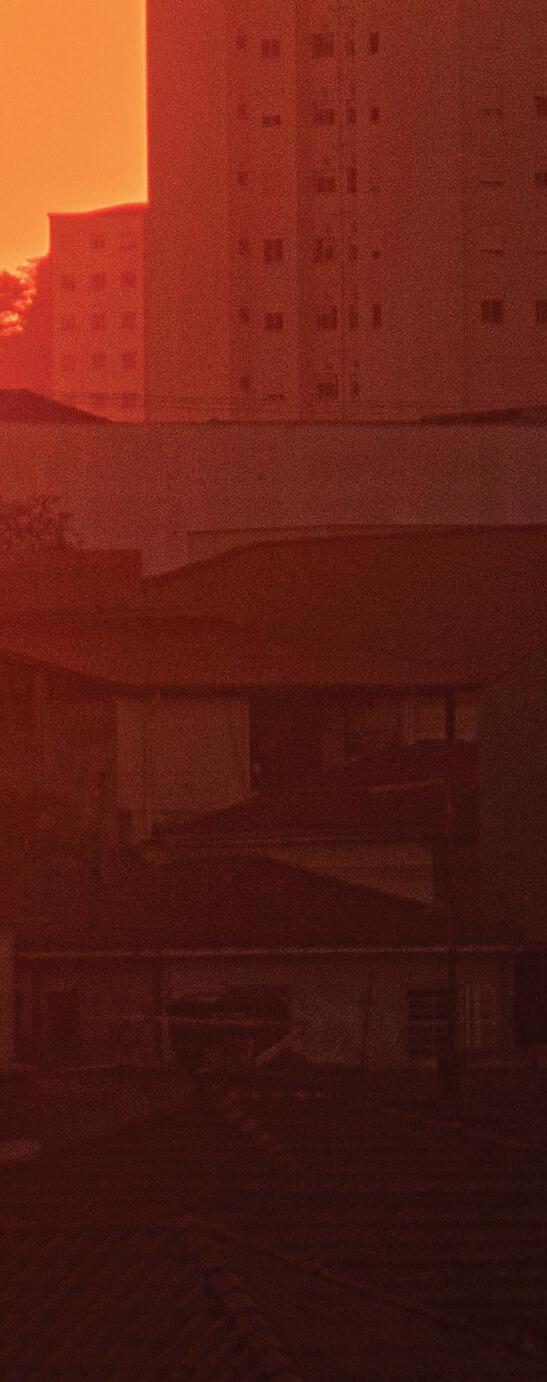





Tree ring and field data show wildfires are now more destructive compared to norms of the past two millennia. To better predict burn severity, University of Arizona researchers developed the Ecosystem Moisture Stress Index to measure forest health and wildfire potential using imaging data from Google Earth.
While media coverage of burns often emphasizes damage to built environments, wildfires release carbon dioxide sequestered in forests, dumping much of it into the atmosphere. Recent studies indicate, for example, that wildfires in California have undone much of that state’s progress in reducing carbon emissions.
Prescribed burns and mechanical thinning can reduce extreme flammability created by long-standing fire suppression, says dendrochronology professor and fire ecologist Donald Falk. But when severe burns occur, changing climate is making it harder for forests to recover.

Restoration ecologists are starting to address those challenges by introducing better climateadapted species in some areas. This “assisted colonization” is controversial but becoming accepted as inevitable in the wake of severe burns and climate change.
“Everything that the restoration ecologist does is mimicking some natural process that’s been compromised,” Falk says. “Of course, we would much rather nature heal itself, which goes back to that first principle of, ideally, staying out of trouble in the first place.”

Today a record number of people are at risk from floods—not just because habitats are flooding more, but also because people are moving to flood-prone areas.
Most flood maps, including those used by the Federal Emergency Management Agency, rely on flood simulations based on data such as elevation, rainfall, and ground sensors. These models can have dangerous limitations, like overlooking risks in regions not historically prone to flooding.
Assistant professor Elizabeth Tellman and postdoctoral researcher Jonathan Sullivan in the University of Arizona School of Geography, Development, and Environment have devised a way to provide an accurate picture of the locations, frequency, and extent of recent flooding.
Drawing on satellite observations, their research reveals that the proportion of the global population exposed to floods has grown by 24% since the turn of the century—10 times more than scientists previously thought.
Their work also shows that change is largely driven by economic development, with between 58 million and 86 million people having moved into observed flood regions between 2000 and 2015.
Nearly 90% of flood events worldwide occurred in South and Southeast Asia, but the new models suggest that climate and demographic changes will add 25 more countries to the 32 already experiencing increasing floods.
It might seem a given that watermanagement professionals base their decisions on the best hydrologic science. Unfortunately, most rely on modeling created through observations, assumptions, and simplifications now out of date with the shifting water landscape.

With a $5 million grant from the National Science Foundation, University of Arizona researchers are creating advanced models of the nation’s watershed systems through data from current, real-life challenges combined with machine learning.
After all, explains Nirav Merchant, coprincipal investigator for the project, an
environmentally sustainable future ”is all fueled by machine learning and artificial intelligence.”
The Hydrologic Scenario Generation (HydroGEN) project aims to break research out of the ivory tower by developing tools that allow people outside academia to build their own purpose- and location-specific models.
Resource managers, policymakers, and the public will be able to use HydroGEN to predict factors such as stream flow, soil moisture, and groundwater levels on seasonal to annual time scales, informing decisions across a range of needs, from wildfire control to agricultural water pumping.
To study how climate change will affect Earth’s ecosystems, an international team of 80 scientists temporarily stopped the rain in the world’s only enclosed rainforest at the University of Arizona research facility Biosphere 2.

For the downside: In response, the rainforest’s carbon dioxide storage was reduced by 70%, showing drought can dramatically diminish a rainforest’s role in sequestering greenhouse gasses.
On the upside: The forest endured the dry spell relatively well. Turns out, survival came down to collaboration. Vegetation released more chemicals linked to communication and signaling among soil microbes and plants.
These compounds also contributed to cloud condensation and rain formation.
The most drought-sensitive trees drastically reduced water consumption and tapped into deep-water reserves only under extreme stress. Meanwhile, the more drought-tolerant trees held onto their canopy leaves the longest, providing continued shade and slowing topsoil dehydration.
The forest continued to display a variety of responses after rain was reinstated, indicating that soil, plants, and atmosphere continue their teamwork during recovery.
The experiment underscored the importance of considering rainforests as interdependent, collaborative communities, from microbes to the largest trees.
University of Arizona students are preparing for careers through the Resilience Internships and Student Experiences (RISE), which connects them to paid interdisciplinary internships.

Unlike many internship programs, RISE delivers experiential education that nurtures the multifaceted perspectives today’s students will need to thrive in diverse, ever-changing, and interconnected professions.
From summer 2022 through summer 2024, RISE is coordinating internships for 200 undergraduate and graduate students. Students are placed within the university as well as with federal, state, nonprofit, and private organizations worldwide.

























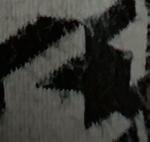

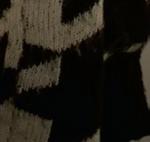







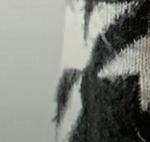





In Gurtina Besla’s universe, all science would be inclusive, diverse, and accessible. The University of Arizona assistant professor of astronomy is using a $745,000 award from the National Science Foundation (NSF) to further this mission of STEM by and for students from all backgrounds.

It’s all about access, Besla explains, noting an immediate way researchers can begin to make a difference: “Faculty need to think about making their data products available to students across the world.”
Example: Besla is investigating two nearby galaxies, the Small and Large Magellanic Clouds, which she believes are causing
disturbances in our galaxy. She’ll share that work through an open-source program designed for ordinary laptops and accompanied by user guides.












The NSF award will also help Besla expand TIMESTEP: Tucson Initiative for Minority Engagement in Science and Technology Program, a program she founded in 2015.

TIMESTEP provides support and community for STEM undergraduates, particularly those of color, by inviting faculty from across the country to share about their cultural heritage and how they stay true to their identities in their professions.


Erin Ratcliff is confident her team can help create cheaper, better, and more sustainable alternatives to fossil fuels and batteries.
Ratcliff’s Center for SoftPhotoElectroChemical Systems, or SPECS, is funded to the tune of $11 million by the U.S. Department of Energy. Its focus is on using organic polymers for semiconductor technologies that power electrochemical reactions with light. The resulting substances are called solar fuels, e.g., hydrogen produced from sunlight.


“It’s not milk jug plastic,” Ratcliff says, explaining organic polymers. “But it’s the same concept in that it can be mass-
produced. Our polymeric material can be readily 3D printed and scaled.”
That innovation alone solves a major challenge of other methods for creating solar fuels: their components are made of inorganic materials that are costly, hard to get, and difficult to scale.
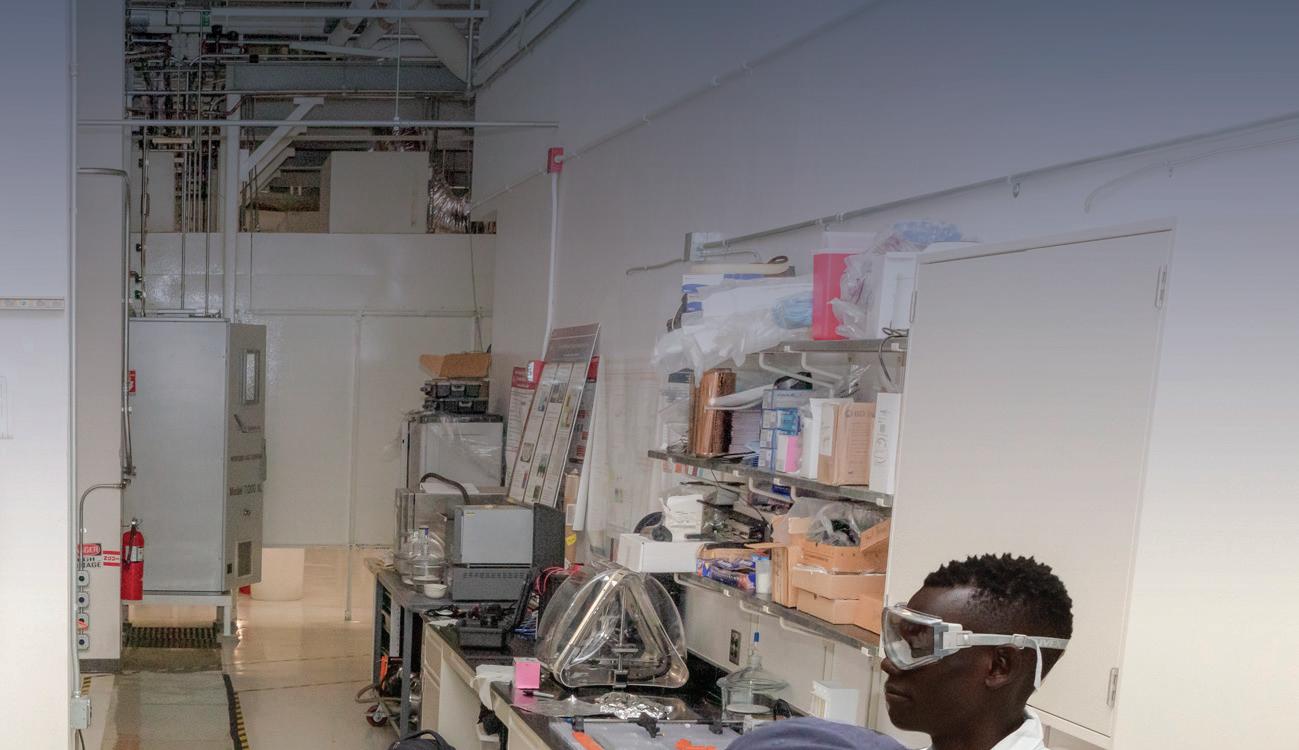
Another goal of SPECS is to help the team’s younger members develop as excellent scientists. Ratcliff explains, “When I came to the University of Arizona, I was exposed to so many new things and amazing scientists. That’s my hope for our early-career researchers. I want their scientific worlds to open up as much as mine did.”



University of Arizona researchers found that dogs’ much-appreciated companionship to humans may be innate.
For the study, the university collaborated with Canine Companions, an organization providing service dogs to clients with physical disabilities. Researchers examined how 375 eight-week-old puppies performed in tasks measuring social communication.

The study engaged puppies in different activities, such as checking to see if the dogs would follow human cues to find treats or hold someone’s gaze as that person read to them.
A significant number of puppies were responsive to humans’ physical and verbal cues in the initial experiments. Because their prior interactions with humans had been minimal, researchers could deduce that the behaviors they observed were biological rather than learned.





Study leaders also knew how the puppies were related and found that genetics explained more than 40% of variation in their performance on tasks.


The researchers will next look for specific genes that contribute to dogs’ capacity to communicate with humans. Organizations like Canine Companions could benefit tremendously from being able to identify suitable service dog candidates even before they’re born.

Recently discovered footprints at White Sands National Park, NM, confirm human presence in the Americas 23,000 years ago— some 10,000 years before most archaeologists previously thought.

The discovery’s research team, which included a University of Arizona professor and doctoral student in the Department of Geosciences, pioneered nondestructive detection and imaging technologies to help locate the site without endangering the natural environment or buried artifacts.
Layers of human tracks were discovered in streambeds where water once flowed into an ancient lake. The tracks were made primarily by teenagers and younger children, likely at play or performing fetching and carrying tasks.
Tracks of mammoth, giant ground sloth, dire wolves, and birds were also found at the White Sands site, demonstrating human activities alongside now-extinct animals.
Learn More
Fusarium wilt, a plant disease caused by the fungus Fusarium oxysporum, has long lurked in lettuce farms around the globe. But in the past two decades, the disease has become a serious problem for Arizona farmers, who grow most of the lettuce consumed during winter months in the United States.
Tenacious diseases require persistent research. Utilizing sunlight and locally sourced compost, researchers are trying to stop fusarium wilt with high temperatures and fungus-fighting bacteria. Others are developing lettuce varieties resistant to the disease, several of which are already in production.
UArizona researchers have found that fusarium wilt spreads on contaminated farm equipment and are educating farmers to thoroughly clean and sanitize their equipment. They’re also encouraging farmers to plant less susceptible varieties of lettuce, such as romaine.
Finally, researchers are testing types of wild lettuce for their fungus-beating potential as alternatives to traditional varieties. Salad lovers, get ready to welcome wild new flavors as part of a green and healthy future.
